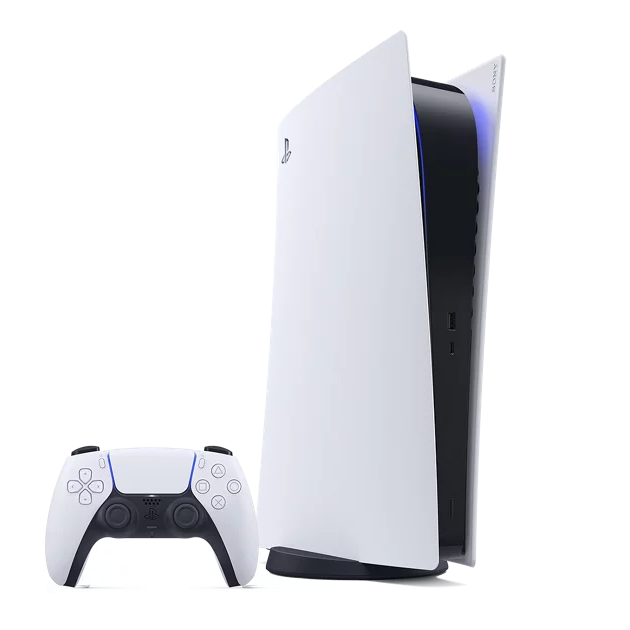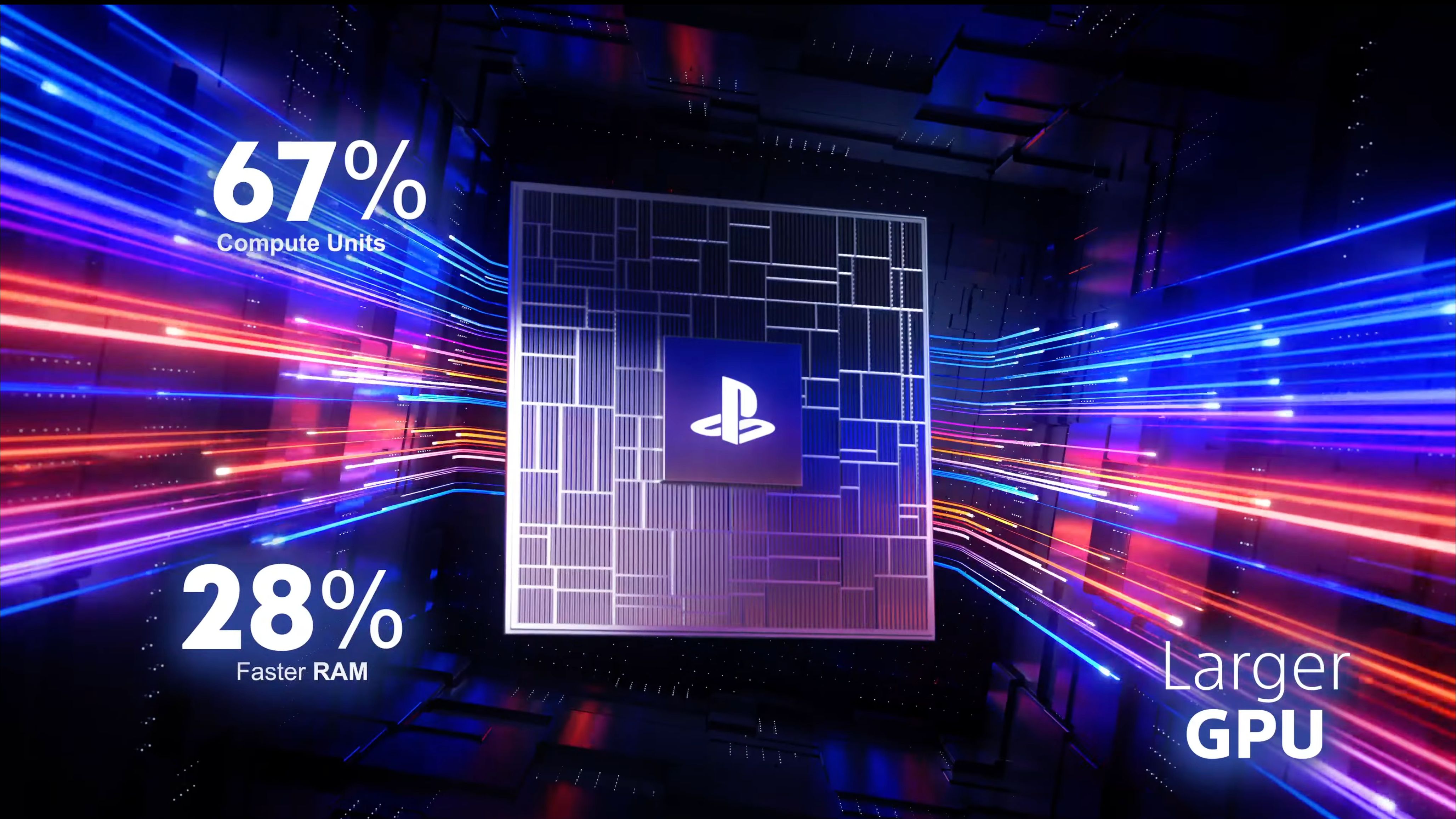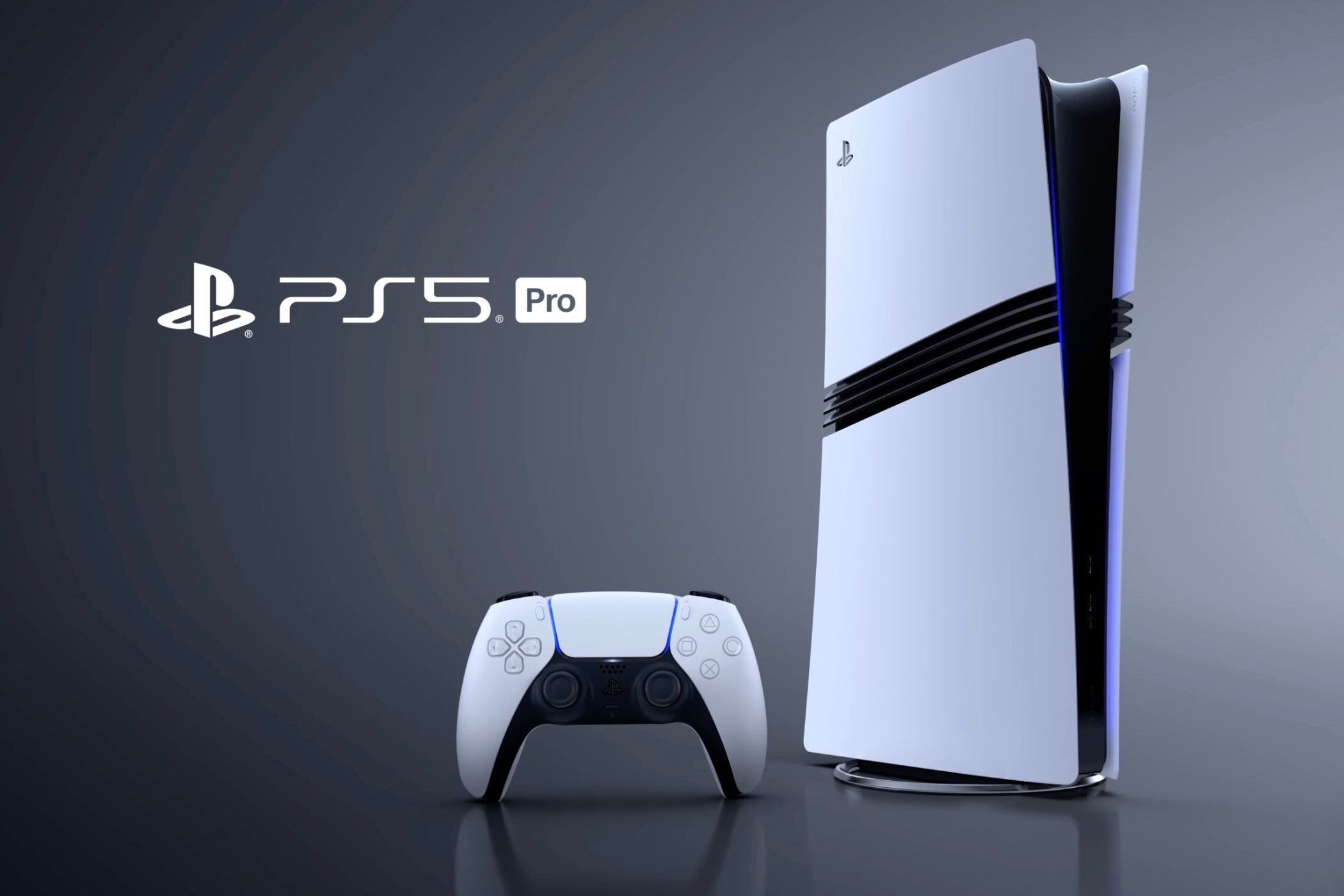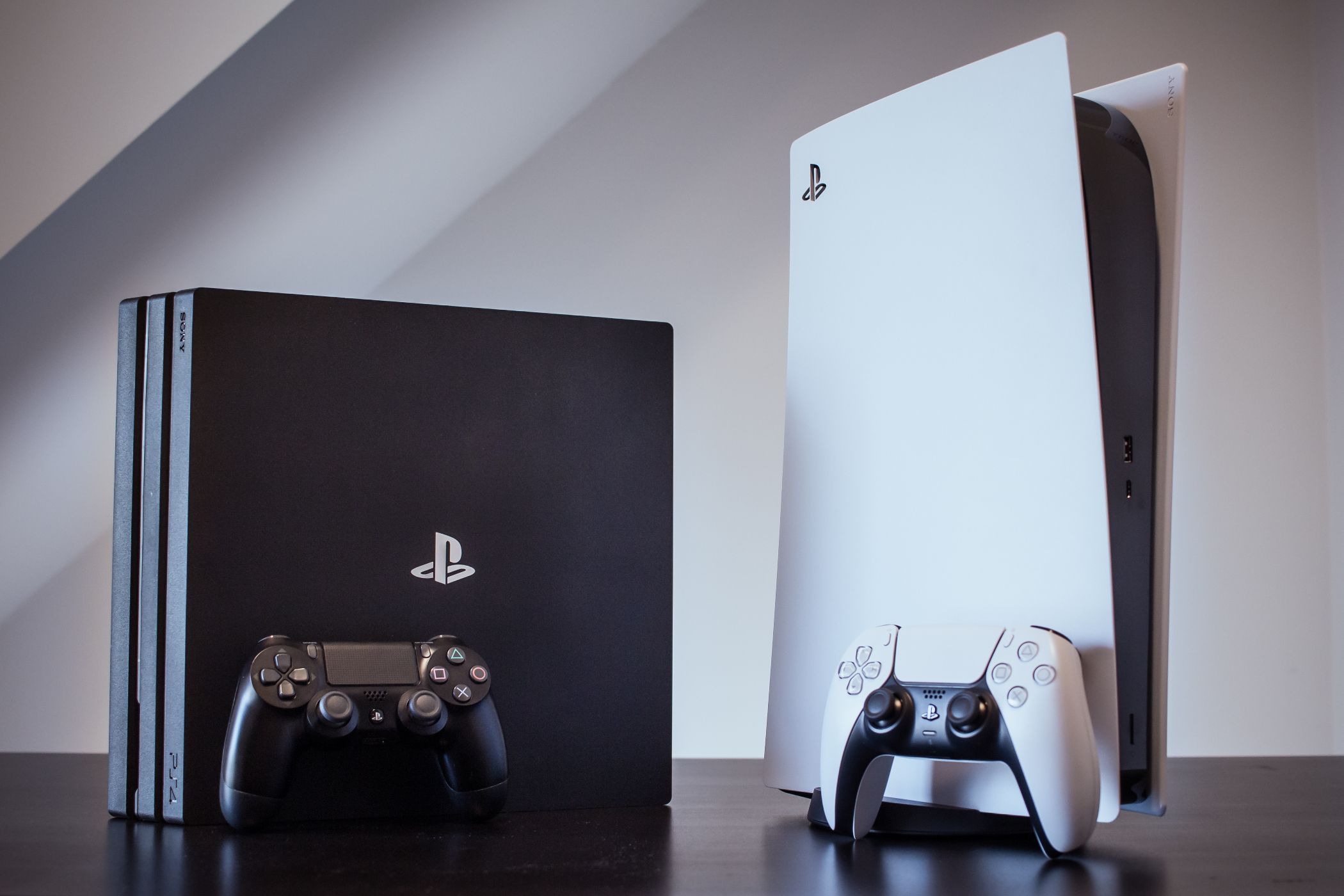Key Takeaways
- Sony aims to remove the choice between fidelity and performance modes by delivering high fidelity graphics at faster frame rates.
- Ultimately, it is developers who decide how the power is used and which graphics modes appear within their games.
- Sony may have more influence over its own in-house developers in pushing for a higher base frame rate but the toggles are likely to remain.
The PlayStation 5 Pro is a powerful and expensive mid-generation console refresh that Sony hopes will deliver best-in-class graphics at high frame rates. Though the vision is admirable, this isn’t an outcome that Sony can guarantee.
Sony’s Plans for the PS5 Pro
In a nine-minute presentation introducing the PlayStation 5 Pro, lead system architect Mark Cerny outlined the technical specifications that make the PS5 Pro a superior machine. These include a better GPU with 45% faster rendering, dedicated hardware upscaling in the form of PlayStation Spectral Super Resolution (PSSR), and a renewed focus on ray tracing.
Cerny prefaced the bulk of the presentation by discussing the graphics modes that have become commonplace in modern console games. This gives gamers the unenviable decision of prioritizing graphical quality or frame rates, with most “fidelity” modes aiming for 30 fps and “performance” modes trying to hit double this at 60 fps.
It turns out that players are choosing performance mode three-quarters of the time. This means that most favor smooth gameplay and more responsive controls over increased render resolutions, higher levels of detail, and more advanced rendering techniques like ray tracing.
Cerny said that “removing that decision” and “narrowing that divide” is one of the “key targets” for the new console. Sony effectively wants fidelity mode graphics at performance mode frame rates. The company would prefer it if players did not need to compromise the experience by sacrificing frames or pixels.
On paper, this sounds great. Console gamers may now be used to picking between the two, these options are ultimately antithetical to the console experience. Consoles are effectively pre-built PCs that hide many of the more complex options and processes that go into playing games on a “real” PC, after all.
To be clear, it’s unlikely that Cerny wants to remove player choice, but rather eliminate the need to choose between these modes at all. The PS5 Pro is designed to do this by getting close to something resembling a native 4K render resolution while targeting frame rates of 60 fps or above. So what’s the problem?
Sony Can’t Control the Outcome
Ultimately, Sony cannot control how developers make use of all this power. Though the numbers suggest that most PlayStation 5 owners would pick fluidity over fidelity most of the time, it’s up to developers to decide what options appear in the game.
Despite the core pitch for quality mode graphics at performance frame rates, developers are essentially still free to use the power however they like. Sony isn’t mandating anything.
If Rockstar decides that GTA VI will have two modes on PS5 Pro: a 30 fps graphical showcase that looks like nothing you’ve ever seen on a console before, and a 60 fps performance mode that reels things in a bit, how can Sony impact the outcome? How do we know that the first GTA VI trailer wasn’t running on early PS5 Pro hardware, for that matter?
That 60 fps mode is going to look better than the equivalent mode running on a vanilla PS5, but gamers are still going to have to make the choice. Sony isn’t suddenly going to foist a “no 30 fps on PS5 Pro” policy on its closest partners, after all.
The PS5 Pro will still bring some big advancements over the standard PS5 Slim. It’s likely that we’ll see a handful of games that ship with Pro versions that use 60 fps as the baseline while a drop to 30 fps is necessary on the vanilla PS5.
And those graphics mode toggles will likely still remain on the new hardware. In the best-case scenario, you might be deciding between 60 fps and 120 fps.
The PS4 Pro was Sony’s first attempt at a mid-generation refresh, but it ultimately arrived at a very different time. When the PS4 Pro launched, 4K TVs had barely made an impact. Slowly but surely higher-resolution displays made their way into living rooms, often sitting on an entertainment unit that housed a PS4.
The PS4 Pro was designed to bridge this gap, while also providing a performance boost. Sony relied on simple checkerboard rendering to upscale to 4K, which rendered half of each frame in a grid pattern and then used dedicated hardware to fill in the gaps. On top of this, improved hardware led to better frame rates.
It was around this time that console gamers started to notice graphics options appearing in games. Though the PS4 Pro was designed to tide over 4K TV owners before the true next generation of consoles arrived, it also ushered in an era of performance and fidelity toggles (something that Microsoft also fully embraced with the Xbox One X).
This time around, 4K TVs are commonplace and though 8K TVs exist, widespread adoption feels a long way off. Sony has made reference to 8K in a PS5 Pro blog post, but it’s far from the focus of this release. Instead, the PS5 Pro might just end up being what everyone had hoped the PS5 was going to be in the first place.
An emphasis on cross-generation titles (that caused many to stick with their last-gen hardware) has robbed the PS5 and Xbox Series X generation of identity. The PS5 exclusives that eventually arrived fell into the “graphics toggle” trap. Now the PS5 Pro is here, and it could potentially lead to features like ray tracing becoming more than a party trick that most users avoid.
The key to this is arguably Sony’s hardware upscaler, PSSR. NVIDIA’s DLSS is the single greatest thing that’s happened to PC gaming in the last decade in terms of boosting performance, so it’s a relief to see a
PlayStation that goes all-in on the technology. It will be fundamental in future hardware revisions, from the Switch 2 to the PlayStation 6 and whatever Microsoft is working on.
First-Party Titles Have the Best Chance
The one area Sony may have more control is its first-party titles. A good example to draw from is that of the DualSense, the controller that was introduced alongside the PS5 on release in 2020.
Though the DualSense is an impressive bit of kit, with a unique adaptive trigger system and the most advanced haptic feedback system of any modern console, these features have gone woefully under-utilized. In fact, it’s mostly Sony titles (like pack-in game Astro’s Playroom) that have come anywhere close to realizing this potential.
Sony could send instructions from the top on how the hardware overhead should be used, to mandate a minimum of 60 fps, or even push those 8K rendering modes to shift a few more Bravias. Then again, perhaps not.
Sony’s vision for the PlayStation 5 Pro is something to be encouraged, even if you don’t fancy coughing up $700 for the pleasure. The console will go on to influence future hardware revisions while offering enthusiasts and latecomers to the PS5 generation the best possible experience.
But whether that vision can be realized is ultimately out of Sony’s control. Read more about the PlayStation 5 Pro and whether or not the upgrade is worth it.

PlayStation 5 Console (PS5)
$440 $500 Save $60
The PlayStation 5 offers superior memory and graphics when you compare it to the PlayStation 4. Plus, it provides you with access to thousands of games for PS5 and PS4.







